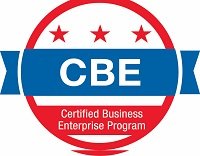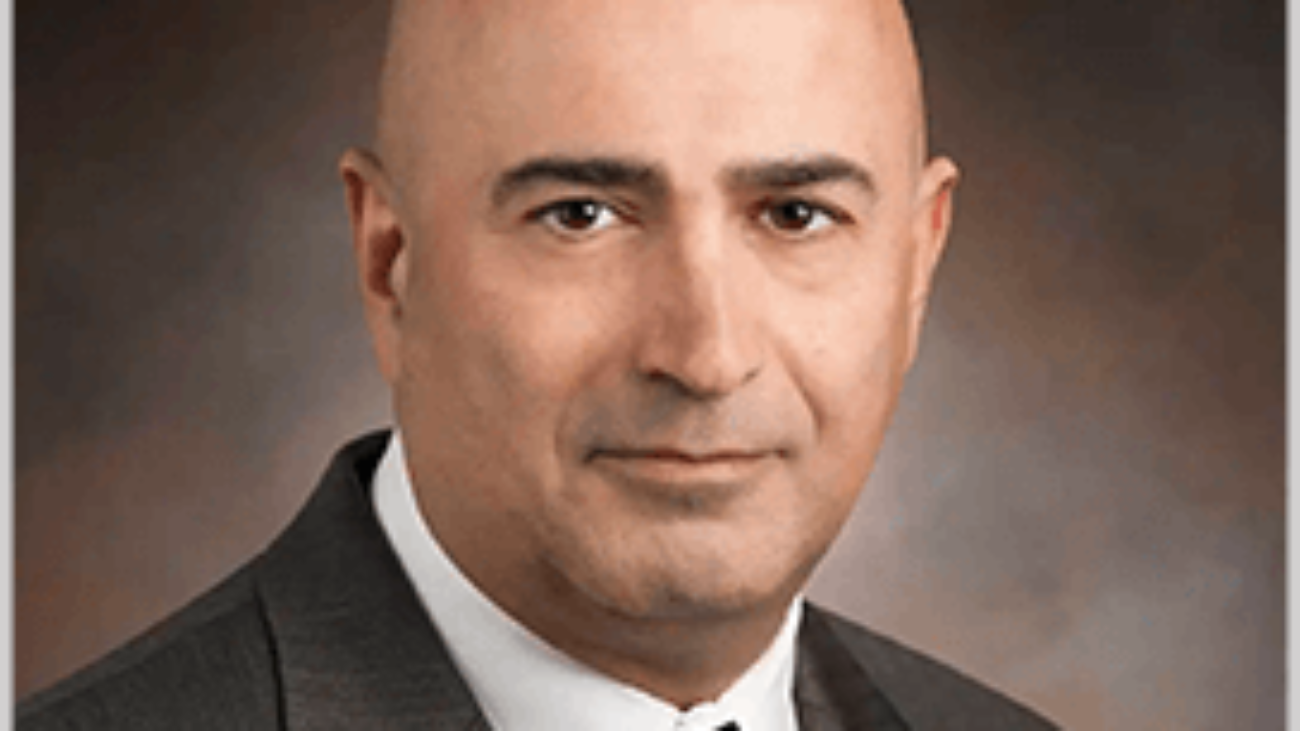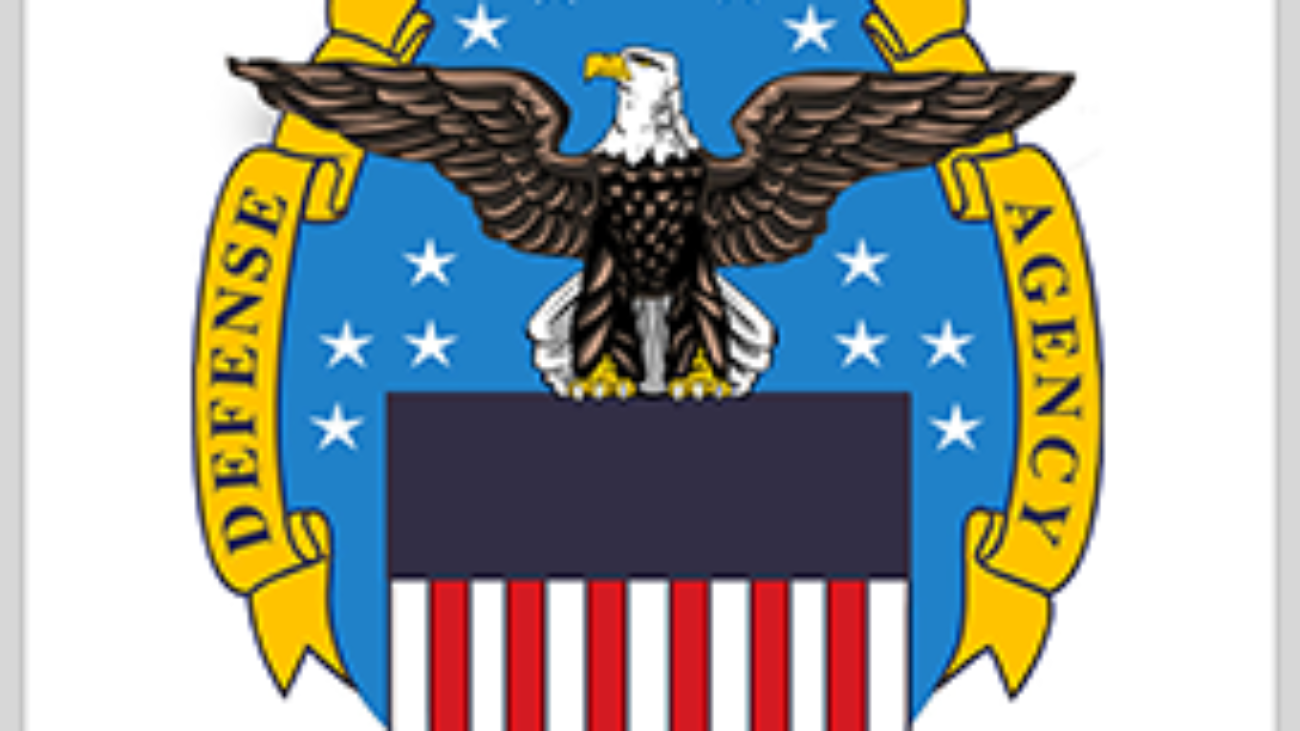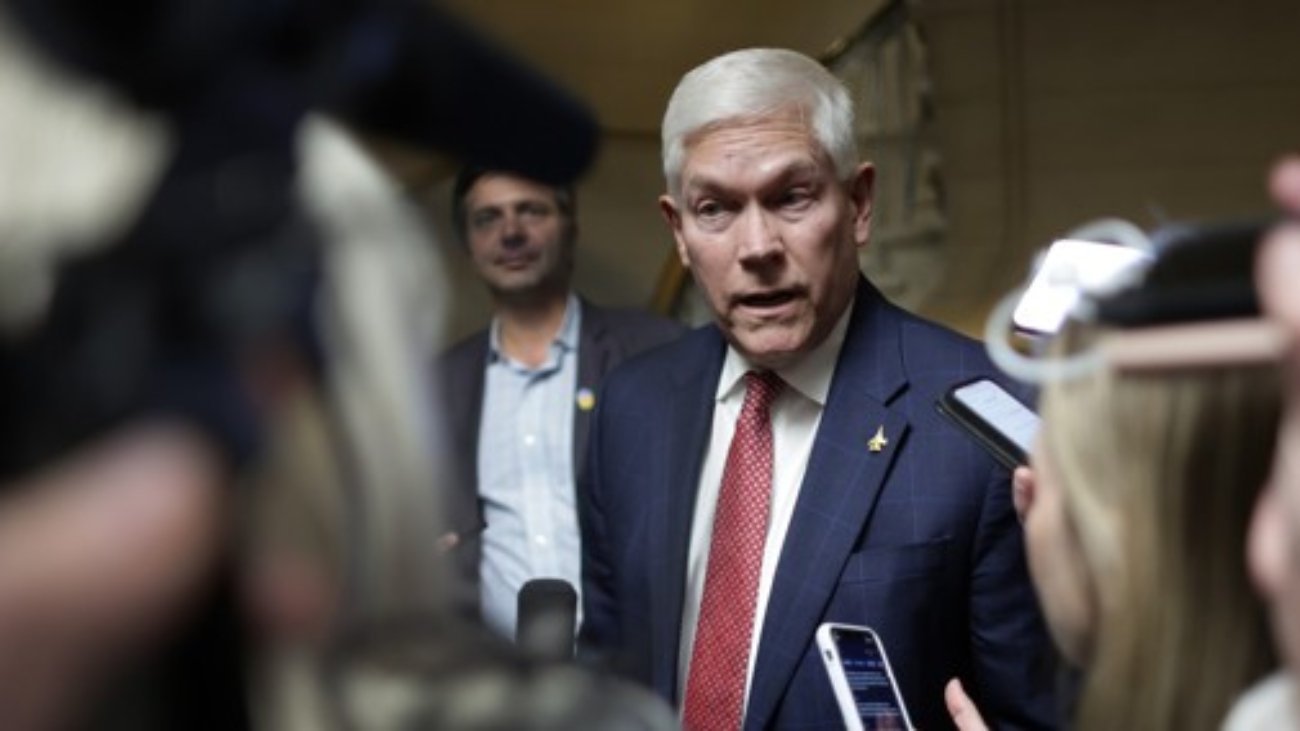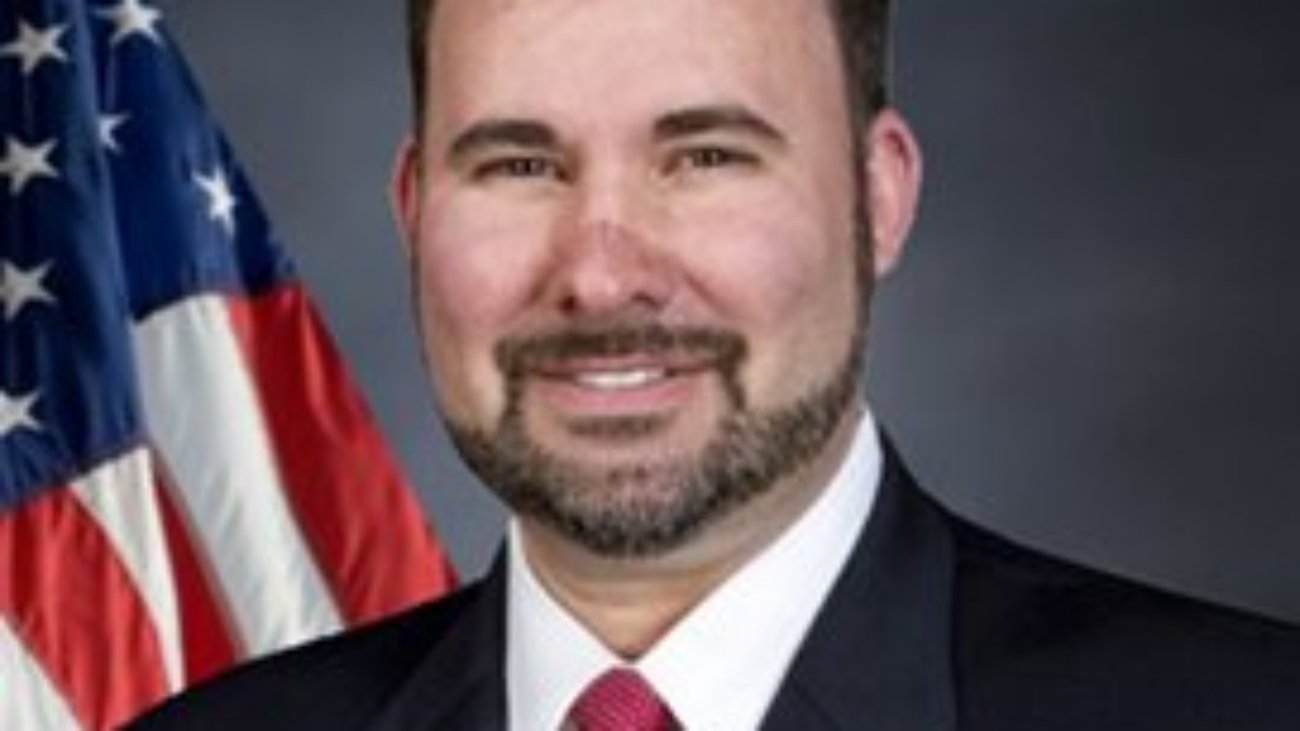Next month, the Association of Commercial Space Professionals will be hosting the Space Nuclear Policy Summit in Washington D.C. It aims to get the two sides together, both nuclear and space, to help with some lingering questions. The future of space travel is going to require the aid of nuclear power, beyond the technical requirements for that are the regulatory and fiscal matters to deal with first. To get a preview of the discussions that will take place, we welcomed back Bailey Reichelt who is the co-founder of Aegis Space Law and Interim President of ACSP, as well as Caryn Schenewerk, president of CS Consulting.
Eric White The event is coming the first week of October to discuss space nuclear policy. Why don’t we just start out with how this all came together? Bailey, you were telling me a little bit of background of the coming together of the meeting of the minds between nuclear in space, and nobody’s really done anything like this on the regulatory front. So where do we begin?
Bailey Reichelt Absolutely. So I’ll start by telling you a little bit about [Association of Commercial Space Professionals (ACSP)]. If you’ve never heard of us, you’re in good company, because we’re about two years old and one of the board members, there’s a group of regulatory attorneys. And now we’ve been joined by other industry experts as well to organize, essentially, events that drive down regulatory barriers through providing education and advocacy. Again, just targeting the regulations around the space industry, and educating the industry on how to comply with them, how to deal with them and how to change them if you want them to be different or if there are gaps. As we’re going to talk about with the Space Nuclear Policy Summit. So ACSP exists to drive down those regulatory barriers for the space industry. We were doing a regulatory training event talking about export controls, government contracting, the couple of other topics out in Albuquerque earlier this year.
Bailey Reichelt One of the national labs, Sandia National Labs, actually attended that training in person, and we had a conversation about the commercial nuclear space industry and the role of the national labs in providing safety reviews as part of the launch licensing process. Now, the national labs have a lot of questions about how that rule changes for a purely commercial launch versus a government launch. They have a lot of questions in a lot of the companies they serve, and the commercial sector also have questions and they don’t have answers. So they said, I bet if we have questions of this nature about this one limited aspect of the launch licensing process, probably a lot of other questions out there and gaps in these regulations and an understanding of the policy. We went on a fact finding mission. This is ACSP interviewing companies in both nuclear and space, asking them where they’re at in this regulatory process or in the launch licensing process. And what their biggest obstacles that they were coming up against are. And what I discovered is companies are all over the board where they’re at in the process. Think Zeno Power might be the furthest along out of the companies I spoke to. And the issues actually were all different as well. They all understood each other’s issues, but they all had different priority issues. Then I realized, this is our agenda for this event. We’re going to talk through all of these different main issues, and that’s how we formed the agenda for the Space Nuclear Policy Summit.
Bailey Reichelt So we’re talking about things like the commercial Lunar payload services program with NASA, and how to go through the launch review process, the payload review process. If you are not shepherded by a government agency such as NASA, which historically a nuclear battery like on perseverance, would have been part of NASA’s purview. What do we do when it’s completely commercial? So we have a panel dedicated to that. We have the national labs talking about the safety reviews. We have a whole panel of commercial space perspectives of different companies talking about things like environmental impact assessments versus environmental assessments, and which one you might need for different types of nuclear sources. So a nuclear battery versus a fusion reactor. And we’re also going to be talking about part 440 in the Federal Register of the Launch regulations, which is specifically insurance, insurance requirements or indemnification requirements. And we’re going to be talking about that.
Bailey Reichelt We have Clarence Toliver, he’s an attorney that will be presenting some of his conclusions on that. And that sets us up for a whole panel of insurance companies and some government officials talking about is there an appetite to insure a commercial nuclear mission? Can we even make a commercial case regardless of if the regulations are clear or not? So we’re going to be talking about all those different issues. And then at the very end, we’re going to touch briefly on fusion and the lack of regulations around it, as well as regulations around the terrestrial landscape and lessons learned there. Concluding with our action items and takeaways. Hopefully the entire event funnels us towards clarity between industry and government on what the issues still are, as well as the misunderstandings and what we can do to make them clear going forward.
Eric White On that agenda. The indemnification panel will be actually hosted by Caryn, who also joins us here. So, Caryn, why don’t I get your take on the state of things, and are some of these hurdles that Bailey has laid out for us surmountable? You’re a space professional who’s had her foot in both of these arenas. What exactly is it that needs to be done on the government side and commercial side to make this really work as a viable technology for the future? I know that’s a loaded question, so feel free to answer.
Caryn Schenewerk So one of my consistent goals in supporting this amazing industry that is the space industry and, in this case, portion of that being the new nuclear power and propulsion activities that will support our goals for space exploration and space security, is to ensure that it’s the technology that is the challenge and not the regulations or the law. So to the extent that we can solve really hard technological problems and that those the solutions to those problems garner significant benefits to our civil, commercial and national security space interests, then we should not ever consider them insurmountable, to use your word. They should be ones that we bring open minds and dedicated time to solving. And so with this issue in particular, the oversight of commercial space activities that are of nuclear type. So whether it’s power or propulsion, we have a lot of challenges that we need to solve. And those regulatory challenges, I think we’re starting to really understand them in a way that lets us line them up and develop hopefully solutions. And we’ll have to test those as we have all the other regulatory solutions that we’ve devised to address technology as the technology has come forward and as we’ve worked to deploy that technology.
Caryn Schenewerk So in some cases, it’s problem that we have solved before. It’s just that we have to be creative with it every time that we face it, because it’s a new kind of technology and there are new challenges for regarding that particular type of technology. So in this case, I think the questions with regard to regulation of space nuclear systems and the liability questions, particularly with regard to Part 440, which is 14 CFR Part 440 is the liability and indemnification section of the FAA regulations governing launch and reentry, specifically. Those regulations don’t govern activities actually in space on celestial bodies, but you got to get to space. So we are going to have to get these systems to space, which means they’re going to be addressed or subject to some of the regulations that the FAA implements. So we had a task in the comm stack, and that task was to review the FAA advisory circular on part 450 .45-1 space nuclear systems, and to look at SPD six.
Caryn Schenewerk And then the other piece that I’ve been involved with was that the FAA’s the spark based advisory regulatory committee on 440. One of the tasks that we took on with that was a task of looking at whether the FAA should have been part 440 to provide liability protection to commercial launch operators from hazards associated with nuclear materials if the payload containing materials are approved by the FAA. And in the review of those various documents, I, like Bailey, spoke to experts in the technology leaders of companies that are likely to be regulated by this or face the challenges of liability, unfettered liability or the challenge of obtaining insurance and folks in the insurance market, etc.. And I think we have tried to do a good job of documenting the challenges. And I think it’s a matter of now figuring out how we work with the regulators and within industry to really recommend and start working towards implementing solutions.
Eric White Yeah. Has the attitude, I guess, of regulators been as open as it has been for the expansion of commercial space itself? You mentioned the benefits in the beginning. Do the benefits in their eyes outweigh the potential regulatory shortfalls that may come up as things progressed, as they always do in this field? What are those benefits? And as I mentioned in speaking with the regulators that you probably are speaking to on a regular basis, what is their sense and what do you gather from them?
Caryn Schenewerk So I think when you’re talking about regulators, whether it’s on this topic or any topic, it’s one thing to talk about regulators, it’s another thing to talk about government customers. So say the DoD or the scientific community. And so one of the things that is an interesting piece about space activities, particularly commercial space activities, is it’s very hard to explain sometimes what commercial space activities are, because commercial space activities are so incredibly ingrained in our government activities and interests, both on the national security and the civil space side. So a regulator may be interested in implementing their regulation to a T, and their job and goal is to implement that exactly to the best of their ability. Their goal may be to pursue the greatest level of safety or the most protective approach that they could possibly take. Another may be more that they see their role as coming to a conclusion that is, that balances various equities and interests versus the government customer who may see the need to appropriately regulate these things to protect the public safety, for example. But only so much as to not inhibit the technology that will be, in their minds, absolutely fundamentally important to achieving their mission and national security or a civil or scientific space mission.
Caryn Schenewerk So I think that people matter. And the people that are in the role as regulators, as individuals and what they bring to the table in terms of their skill set, their belief system, these all to some degree come to play in these conversations. And I’ll say unfortunately, in my opinion, because I’m a huge advocate for nuclear power, terrestrial and in space, I think that this is a topic that brings some baggage for some people. And the more that we can continue to talk about what the industry’s doing, the importance of its capabilities and myth, and actually what some people believe to be true about nuclear power and the risks of nuclear power, we will all be a lot better off. Because the technologies that we develop that will be deployed in space are technologies that will also benefit humanity here on Earth. And that is one of the things that I found to be most important to me about the work that I do and why I think it’s so important to support the companies that are undertaking these activities. And so I think when you talk about regulators, there are regulators that probably share that belief, and then there are regulators that do their job in a very directed way and only have limited tools. I think that’s one for the last point that I’ll make about the challenge for regulators, is what tools do they have, what training do they have, what knowledge they have, what technology tools can they utilize, and then how are they potentially handicapped by virtue of outdated regulations that they’re forced to implement against technologies that don’t fit that. And so the regulator, in my mind, is a sympathetic character for whom the rest of us need to be trying to figure out how we can support them in achieving the goal that we all want to achieve, which is an appropriate level of safety while facilitating technological advancement.
Eric White Yeah. Navigating the regulatory landscape is hard for anyone enough, as you mentioned, in the commercial space sector, and now you’re adding nuclear into it. That’s not going to make things any simpler. So that’s why events like this are, I imagine, meant to sort of bridge that gap. And Bailey, maybe you can fill in a little bit about the two sides coming together. This is a topic that is complex, to say the least, and it’s kind of the merging of two categories that are already complex. What can you tell me about bringing both sides to this discussion and helping everybody sort of get on the same page?
Bailey Reichelt That’s actually exactly the point I was hoping I would get to make. It is tailing right off of what Caryn said. It is so important that we have all parties in the room at the same time. One of the things that we forget is that regulators are coming from a government perspective. Perhaps they’ve never tried to make the commercial business case. They don’t know what the timelines are between investment and return on investment. Like if you’re dealing with venture capital, things like that. They’re not aware of maybe how soon you need to sign a contract, a launch contract to show investors versus how long it’s going to take you to get a full environmental impact statement. And those timelines can be really poorly matched up to the detriment of making a commercial business case. And it’s not the government’s job to understand how to run a business. And that’s why it’s so important that we come together and we have this conversation. And I think there’s like some moments that will happen for both regulators and industry. Industry also tends to think about things from the perspective of why are you standing in the way of our economy, government. But the government has a lot of priorities here and they also have directives they have to follow. And as Karen said, they have limited tools to work with. And we have to work collaboratively and educate each other on what those tools are and what the issues are. And then again, work together to come up with the solutions. It’s actually perfect that Sandia National Labs brought this to our attention, because they are a hybrid between the government, [Department of Energy (DOE)] and the commercial sector. And if they’re seeing this friction, they’re the clear case for why this conversation needs to happen.
Eric White And on that conversation, can you just give us some of the details for folks who are looking to attend and how they can do that?
Bailey Reichelt Sure. Yeah. So like we said at the beginning, the event is happening on Oct. 4. It’s at the National Press Club. It will just be one day from 8 to 5. You can buy tickets on ACSP website. If your industry, it’s 500 general admission, but students in government, it’s 250. We’re trying to get as many government participants in the room as possible. So please, if you have any questions, reach out to ACSP at infoatacsp.space or you can reach out to me Bailey Reichelt . Right now I’m on LinkedIn and all the places send me a message and I will get you the information that you need on this event. We really hope to get as many people in the conversation as possible.

